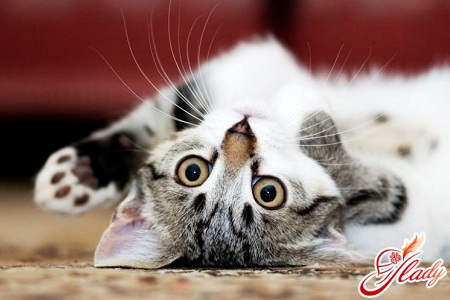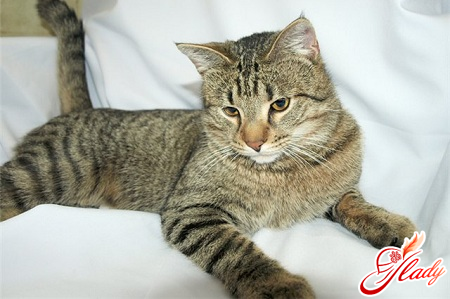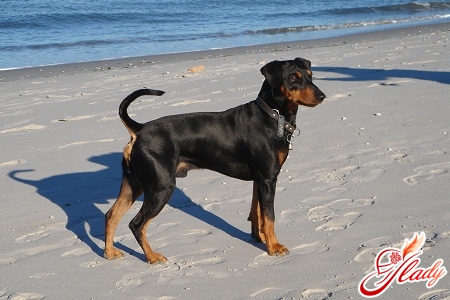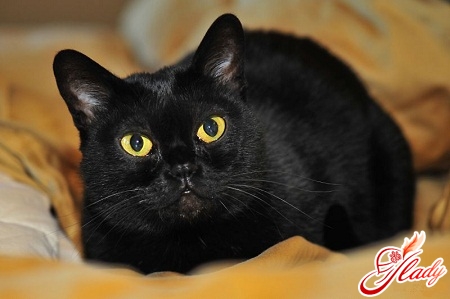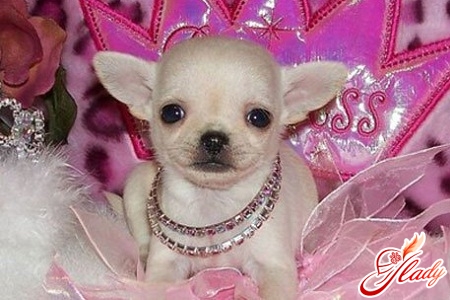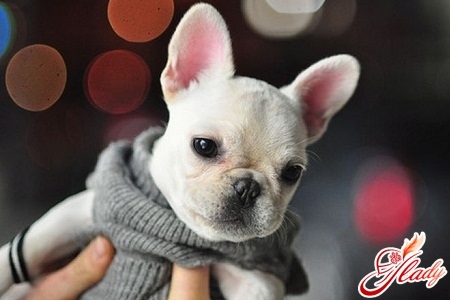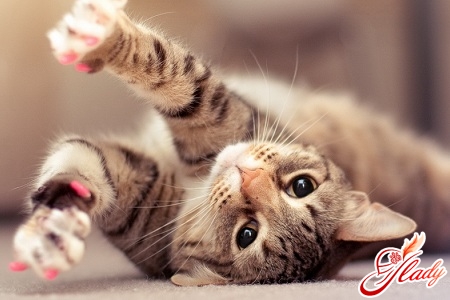 By bringing a cat into his home, a person doomed himselffor tireless care of this capricious, although quite independent creature. But the independence of the cat is relevant only when it comes to making decisions and clarifying the primacy of man and animal. Here the cat does not recognize authorities. But when the animal suddenly falls ill, it seeks help from a person. However, cat ailments are not always severe or dangerous. Sometimes the cat stoically endures the ailment and is cured exclusively by its own vital resources. Often, cat diseases are asymptomatic, but sometimes even the mildest and safest diseases have very frightening signs or not very pleasant manifestations. For example, dandruff in a cat. What is it, what does this phenomenon indicate and how dangerous is it? Let's figure it out.
By bringing a cat into his home, a person doomed himselffor tireless care of this capricious, although quite independent creature. But the independence of the cat is relevant only when it comes to making decisions and clarifying the primacy of man and animal. Here the cat does not recognize authorities. But when the animal suddenly falls ill, it seeks help from a person. However, cat ailments are not always severe or dangerous. Sometimes the cat stoically endures the ailment and is cured exclusively by its own vital resources. Often, cat diseases are asymptomatic, but sometimes even the mildest and safest diseases have very frightening signs or not very pleasant manifestations. For example, dandruff in a cat. What is it, what does this phenomenon indicate and how dangerous is it? Let's figure it out.
What is dandruff?
Dandruff is a phenomenon that occurs in everyonewarm-blooded animals (including humans). Dandruff is a syndrome, that is, a combination of symptoms (visible or perceptible signs) with a common mechanism for the occurrence and development of the disease (pathogenesis). This syndrome is characterized by scaly peeling of skin particles. Moreover, this peeling occurs at a high speed and over a long period of time. Most often, dandruff appears on skin covered with abundant hair. Therefore, in humans, dandruff is observed on the head, and for the appearance of dandruff in cats, the back is mainly a “favorable” area. However, dandruff can also appear on any area of the cat's body covered with hair. The process of dandruff formation is as follows. Skin cells are constantly regenerating, that is, they are renewed: new ones are formed and old ones die off. As a rule, dandruff - dead scales - is always present in animals, but at a normal rate of skin cell renewal, these scales are simply very few. However, with an accelerated cycle of skin cell replacement, the animal's fur (or human hair) becomes simply covered with these dead flakes. That's when we see all the signs of dandruff.
Symptoms of dandruff
Dandruff looks different.The flakes that fall from the animal's fur can be gray, yellow, brown, white, or even black (depending on the skin pigmentation). The size of the dandruff can also vary greatly. For example, sometimes these flakes look more like flour spilled on the fur, and sometimes they look like flakes, and dandruff can be dry or greasy to the touch. Often, the flakes that stick together can even form entire layers. The amount of dandruff can also vary - from a few to unimaginable amounts. And dandruff can affect both the entire surface of the animal's skin, and only some areas. The number of flakes can also vary: from a few to a huge number. Dandruff can cover the entire surface of the body or only some areas. In the first case, they talk about a generalized lesion, in the second - about a localized one. In short, the same diseases can cause different dandruff in different animals. But you shouldn't think that accelerated skin cell renewal and, as a result, the appearance of numerous light or dark scales in the fur is the only sign of dandruff in cats. In addition to this symptom, signs of dandruff may include:
- layering of the skin and appearance of dry thickened plaques on it;
- Anxiety of the animal and frequent and intense scratching.
Unfortunately, such signs canand accompany various diseases: fungal infections of the skin and fur, infestation of the animal with parasites (fleas, lice), dermatitis, allergic reactions. By the way, some diseases can also cause dandruff in cats. And it should be noted that dandruff is most often a direct consequence of some disorders in the animal's body.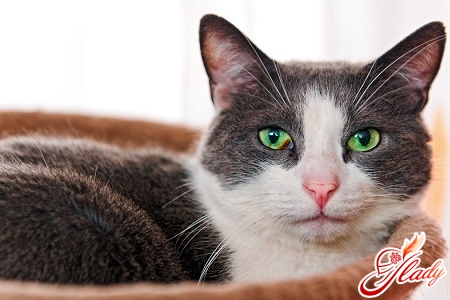
Causes of dandruff
The appearance of dandruff is the first signal of problemswith the animal's health or violations of hygiene and maintenance rules. A healthy and well-groomed cat has smooth, shiny and thick fur (unless we are talking about hairless breeds). But even with this condition of the fur, the appearance of dandruff signals the owner that something is wrong with the cat. Therefore, the owner of the animal needs to find out the reason for its appearance. And the reasons can be different.
So if your cat has developeddandruff, be sure to find out the cause. First of all, examine the animal at a veterinary clinic. If any diseases are found during the examination, then perhaps their treatment and the cat's recovery will lead to the disappearance of dandruff. But if the animal is healthy, then look for the cause elsewhere. In this case, most likely, the cause of dandruff was stress, improper nutrition or illiterate care. And only your attention and participation will help the animal get rid of this scourge. Dandruff will not go away on its own. We advise you to read:




